At least 15 killed in Kalmunai raid as Sri Lanka security operations continue
ISIS later named three men that it said fought police with automatic weapons before detonating their suicide belts
At least 15 people died during a raid on a house in eastern Sri Lanka where suicide bombers blew themselves up and at least one man was killed in a gun battle with security forces.
The operation followed a tip off that extremists linked to the Easter suicide bombings were holed up in Kalmunai, a predominantly Muslim town around 215 km (135 miles) east of the capital Colombo.
Three men set off explosives that killed themselves, three women and six children inside the house on Friday night, police said on Saturday, April 27.
“Three other men, also believed to be suicide bombers, were found dead outside the house,” said a police statement. Police officials said all three were shot by security forces.
It is unclear if police are using the term “suicide bombers” to describe people linked to the Easter Sunday bombings, but some graphic images and video from the scene gave no indication that some of those shot by police were wearing suicide vests. Police earlier said they had found “four bodies of suspected suicide bombers.”
Militants opened fire when troops attempted to storm the house under cover of darkness, and the ensuing gun battle lasted more than an hour, military spokesperson Brigadier Sumith Atapattu said on Friday.
“In our retaliatory fire, two gunmen were killed,” Atapattu said, adding that there were no fatalities among the security personnel.
Charred bodies were seen in video footage shown on state television, along with one man who had an assault rifle.
A civilian was also killed in crossfire during the night-time raid, while a injured woman and child were taken to hospital. According to some reports, the woman and child were inside the house.
Explosives, a generator, a drone and a large quantity of batteries were seen inside the house, AFP reported.
Some 600 people fled a neighboring settlement built to house displaced survivors of the 2004 Asian tsunami because of the fighting and took shelter in a school, residents said.
In a statement shared on social media later on Saturday, Islamic State named three fighters – Abu Hammad, Abu Sufyan and Abu Qaqaa – who it said clashed with Sri Lankan police in Kalmunai using automatic weapons. The statement said the three detonated their explosive belts when they ran out of ammunition, and claimed that 17 “infidels” were killed and others injured.
Via its Amaq propaganda agency, ISIS claimed “17 members of the Sri Lankan police were killed and wounded” by the three militants during “several hours” of fighting.
Amaq published an image of two men who it said were involved. One of the men is holding an AK-type assault rifle. At least two fingers from the man’s right hand appear to be missing, and his left eye and temple also appear to have been injured in the past. These kinds of injuries are not-uncommon among bomb-makers, although The Defense Post cannot confirm that this is indeed the case.
Raids in eastern Sri Lanka
Kalmunai is in the home province of Zahran Hashim, founder and leader of the National Thowheeth Jama’ath group which authorities have blamed for the Easter Sunday attacks.
Police and officials said a series of tip offs after the arrest of Hashim’s driver, Mohamed Sharif Adam, in Hashim’s nearby home town of Kattankudy led them to the safe house in Kalmunai, around 30km (18 miles) south.
NTJ Leader Zaharan Hashim's driver currently in CID custody | Investigations are underway to ascertain if the killings of two policemen in Vavunathivu, Batticaloa, in November 2018 was an act of extremist groups. #EasterSundayAttacksLK #lka
— Roel Raymond (@kataclysmichaos) April 27, 2019
Officials said the driver provided also information leading to a operation earlier on Friday, when security forces raided a building in a nearby town where they believe Hashim and other suicide bombers recorded a pledge of allegiance to Islamic State leader Abu Bakr al-Baghdadi before carrying out the attacks.
Police said they found an ISIS flag used as a backdrop and uniforms similar to those worn by the eight militants in the video published by ISIS propaganda agency Amaq as part of the claims of responsibility for the attacks in the town of Sammanthurai, around 5 km south of Kalmunai. Police showed the clothing and the flag on national television along with around 150 sticks of gelignite, 100,000 ball bearings, and a quadcopter drone, among other items.
The Easter Sunday suicide bomb attacks against three luxury hotels and three churches came within 20 minutes of each other. Two blasts at a guesthouse and a house in came later in the day. On Thursday, authorities reduced by more than 100 the death toll from the attacks to 253, saying that badly mutilated bodies had been double counted.
Authorities believe Zahran was killed during the attack on Colombo’s Shangri-La hotel.
Sammanthurai is around 40 km south of Batticaloa, where at least 25 people were killed in a suicide bombing at the Zion church.
Sri Lanka security forces step up operations
Under emergency powers, security forces have stepped up search operations for extremists since the bombings.
“We now have info that there are about 140 people in Sri Lanka linked to the Islamic State. We can and we will eradicate all of them very soon,” President Maithripala Sirisena said Friday.
On Saturday, Sirisena banned National Thowheeth Jama’ath and Jamathei Millathu Ibraheem using powers vested in him under the Emergency Regulations.
At least 94 people are in custody, including a man believed to be the father of two of the bombers. Authorities warned the hunt would continue.
Navy personnel arrested three people and recovered one kilo of “C-4 explosives” in a rickshaw near Wellawetta railway station in Colombo on Friday.
Acting on a tip-off, police found what they said was equipment used for making suicide vests and an unregistered van at a house in Nindavur, near Kalmunai.
During a search operation on Saturday in Trincomalee, around 150 km north of Kalmunai, Navy personnel reportedly arrested one person and seized a motorcycle, 51 sticks of explosive, 215 detonators and 27 feet of safety fuse.
With the country on the defensive over ignored warnings from India that NTJ suicide bombers were likely to hit “prominent churches,” police chief Pujith Jayasundara on Friday became the second major resignation, after Sri Lanka’s top defense ministry official Hemasiri Fernando stepped down late Thursday.
Sirisena had called on both to leave their posts because of the recriminations over the government’s failure to prevent the attacks.
“We take collective responsibility and apologise to our fellow citizens for our failure to protect victims of these tragic events,” Prime Minister Ranil Wickremesinghe tweeted on Friday.
With reporting from AFP. This post was updated on April 17



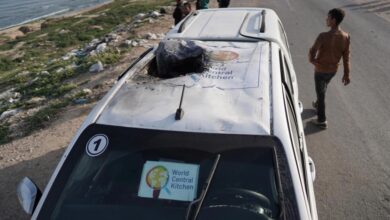
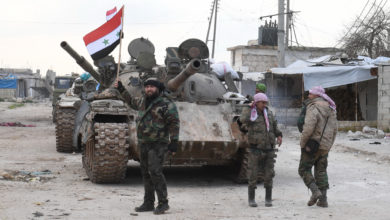
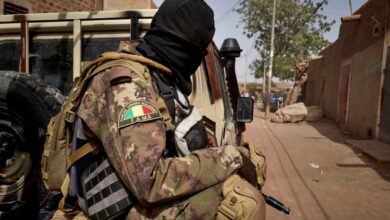

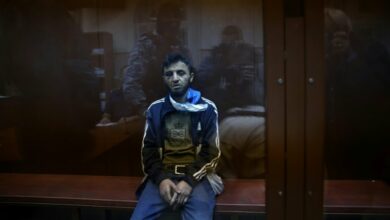
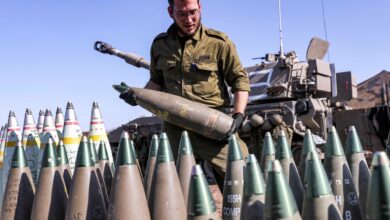
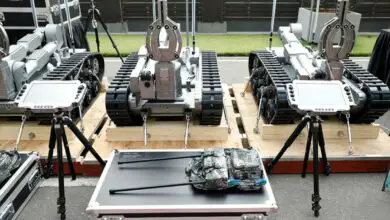
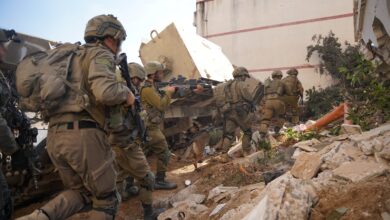

4 Comments